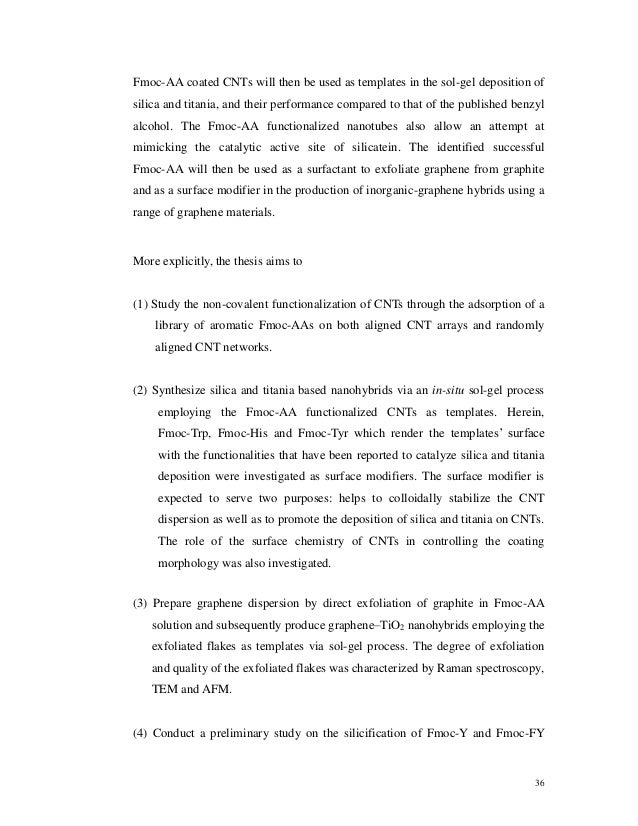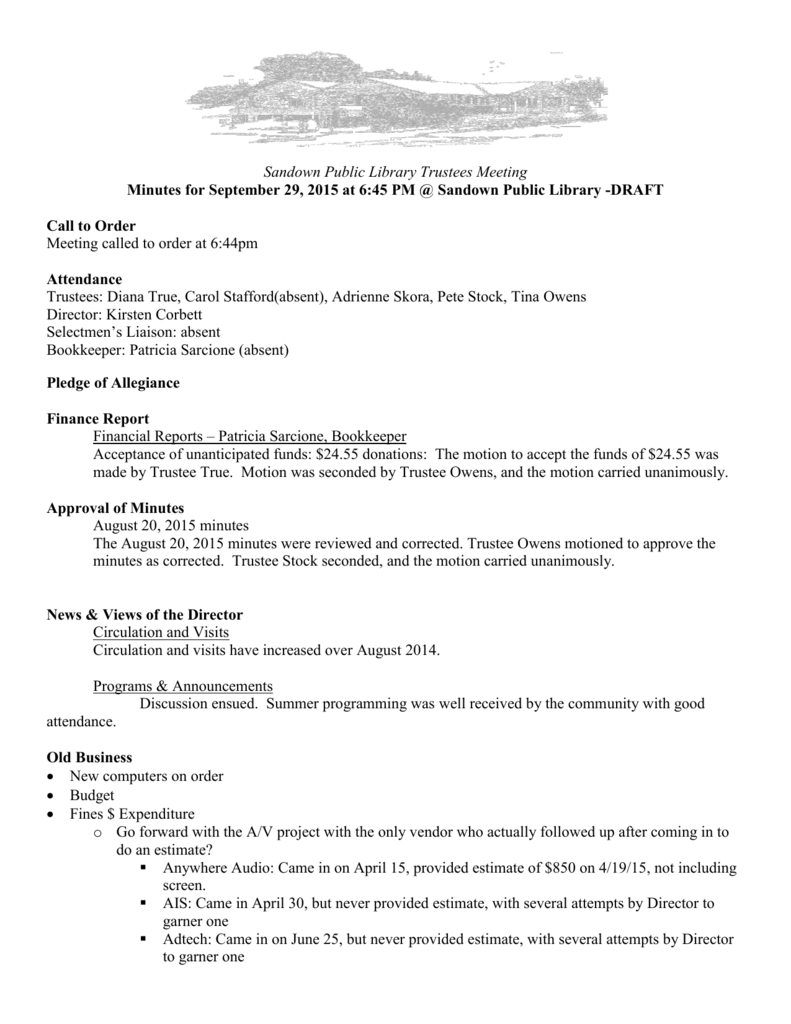

For example, if the bylaws of an organization provide for a Committee on Finance consisting of the treasurer and three other members appointed by the president, the treasurer is said to be an ex-officio member of the finance committee, since he or she is automatically a member of that committee by virtue of the fact that he or she holds the office of treasurer. “Ex officio” is a Latin term meaning “by virtue of office or position.” Ex-officio members of boards and committees, therefore, are persons who are members by virtue of some other office or position that they hold. Similarly, if a two-thirds vote is required, he or she may vote either to cause, or to block, attainment of the necessary two thirds. If there is one more in the affirmative than in the negative, the chair can create a tie by voting in the negative to cause the motion to fail. When will the chair’s vote affect the result? On a vote that is not by ballot, if a majority vote is required and there is a tie, he or she may vote in the affirmative to cause the motion to prevail. However, the impartiality required of the presiding officer of any other type of assembly (especially a large one) precludes exercising the rights to make motions or speak in debate while presiding, and also requires refraining from voting except (i) when the vote is by ballot, or (ii) whenever his or her vote will affect the result. So, in meetings of a small board (where there are not more than about a dozen board members present), and in meetings of a committee, the presiding officer may exercise these rights and privileges as fully as any other member. If the president is a member of the voting body, he or she has exactly the same rights and privileges as all other members have, including the right to make motions, to speak in debate, and to vote on all questions. The secretary could file his original copy with the corrections marked (in which case one might be able to see what the corrections were), or he could create a clean copy and file that one.No, it is not true that the president can vote only to break a tie. How the corrections appear will depend on how the final version of the minutes is prepared. It means that the version that appears in the minute book should be the corrected version, and that the secretary's draft is no longer relevant. I apologize if my original question wasn't clear, or I'm missing the obvious meaning of "in the text of the minutes". I would like to know what "in the text of the minutes" specifically means.ĭoes it mean that corrections are made as additional notations in the margins (and the original text is left intact) or does it mean that the actual original text is modified (meaning things are removed and never seen again.) "If corrections to minutes are made at the time when those minutes are originally submitted for approval, such corrections are made in the text of the minutes being approved"

I did read that FAQ before I posted my inquiry. I wasn't sure how standard corrections were annotated, because it would seem that if expunging the minutes fails to delete parts of the document (seemingly a more extreme act) then deleting parts of the minutes during standard corrections appears counter intuitive to me. But, I also thought I had read that all corrections were made on top of the original draft of the minutes (possibly in the margins.) I understand that items that have been expunged from the minutes are not removed, but they are crossed out and a notation is made. What I mean to say is, if the grammar or spelling is corrected, or a sentence is removed, do the minutes retain the original text as a means to illustrate the changes? (For instance, the incorrect grammar is still intact, but a notation is made? Or the original sentence remains, but it is crossed out?) When corrections are offered and accepted with respect to the minutes, are the changes made as additional notations, or is the original text changed and/or deleted (leaving no record of the former version?)


 0 kommentar(er)
0 kommentar(er)
